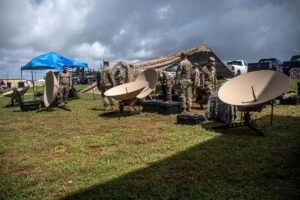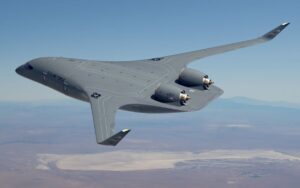
A new report from the Air Force Association’s Mitchell Institute urges Air Force leadership to address not treating data as a strategic asset and leveraging industry input as part of a wider effort to meet cyber space challenges. The report, “The Cyber Edge: Posturing the US Air Force for the Information Age,” released Wednesday by retired Air Force Chief Information Officer (CIO) Lt. Gen. William Bender, calls for foundational changes to be implemented by leadership to meet full control of…

 By
By 










